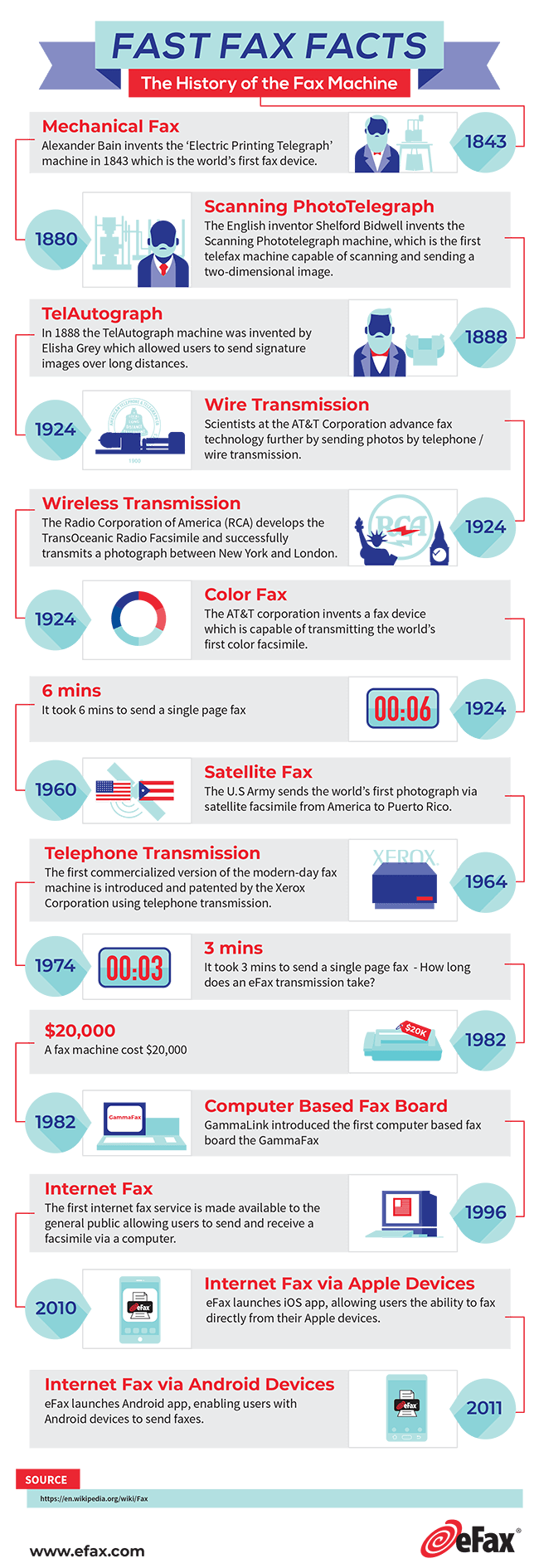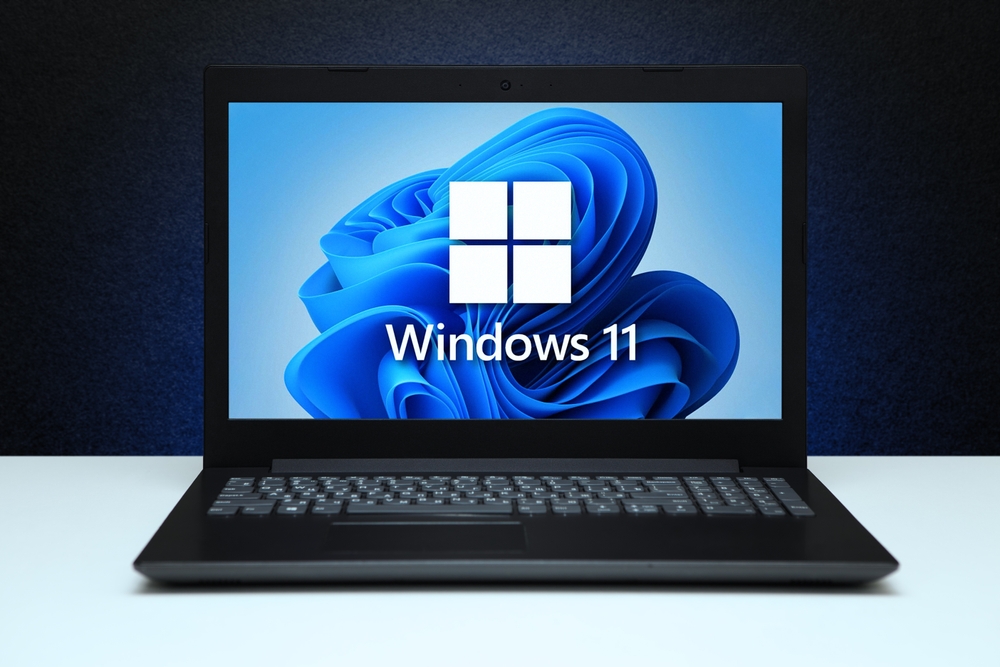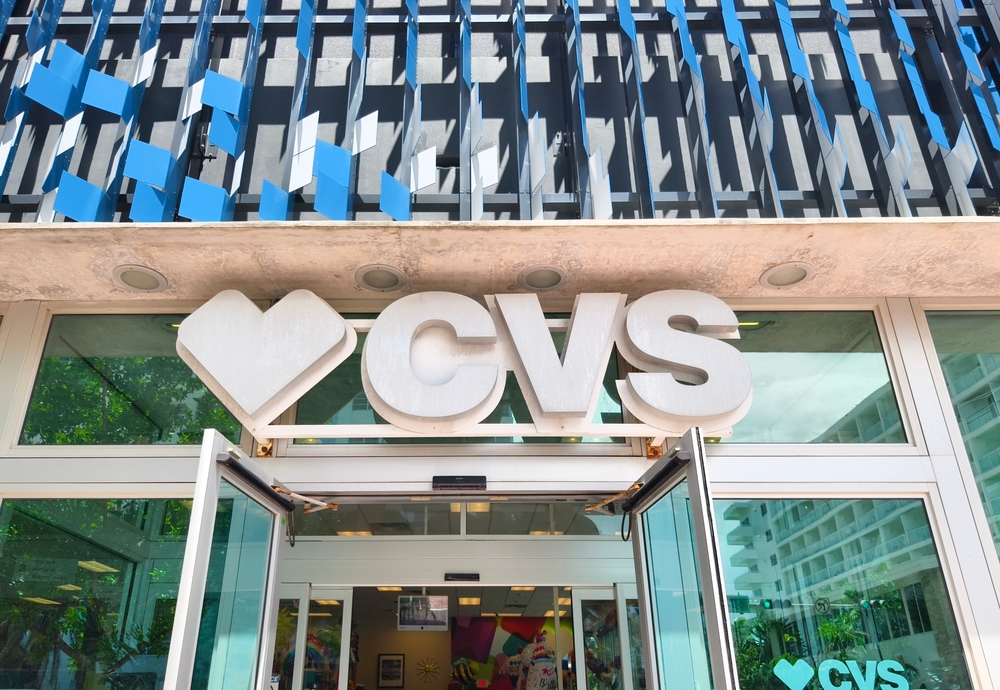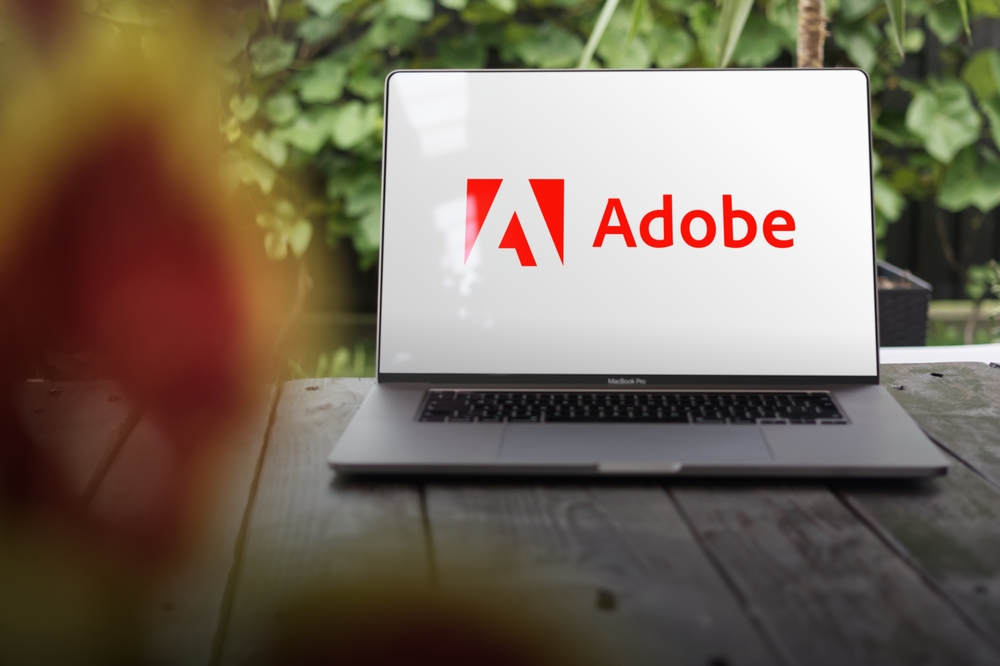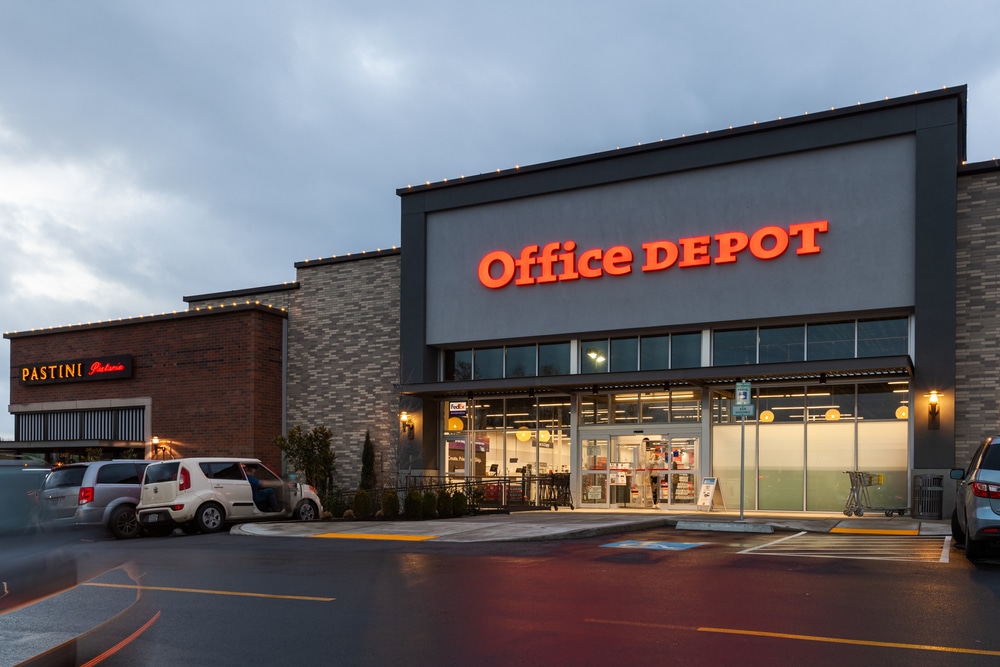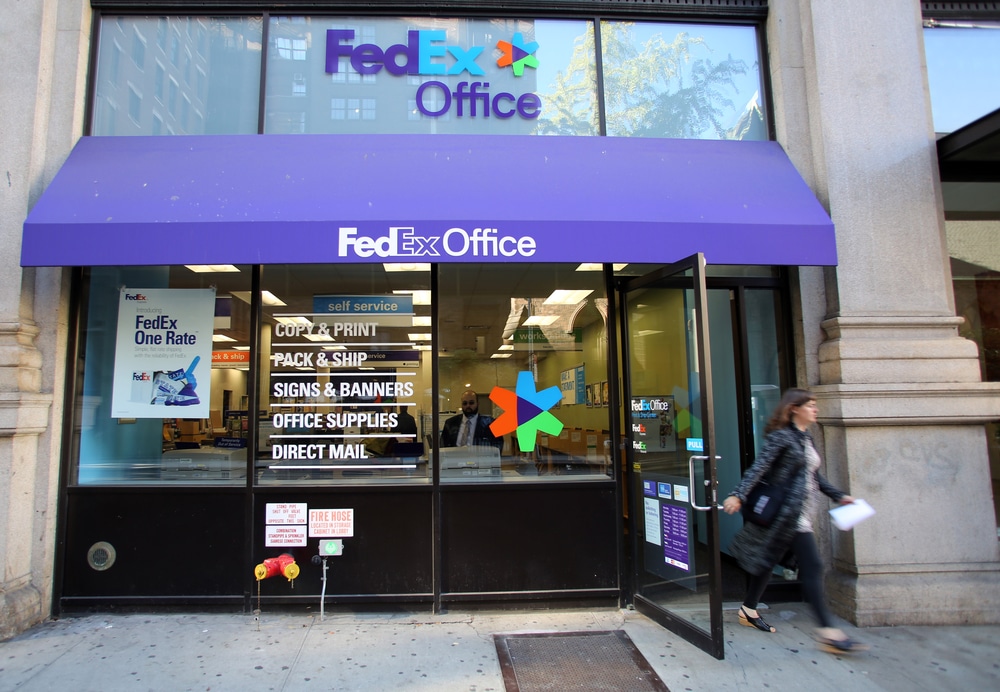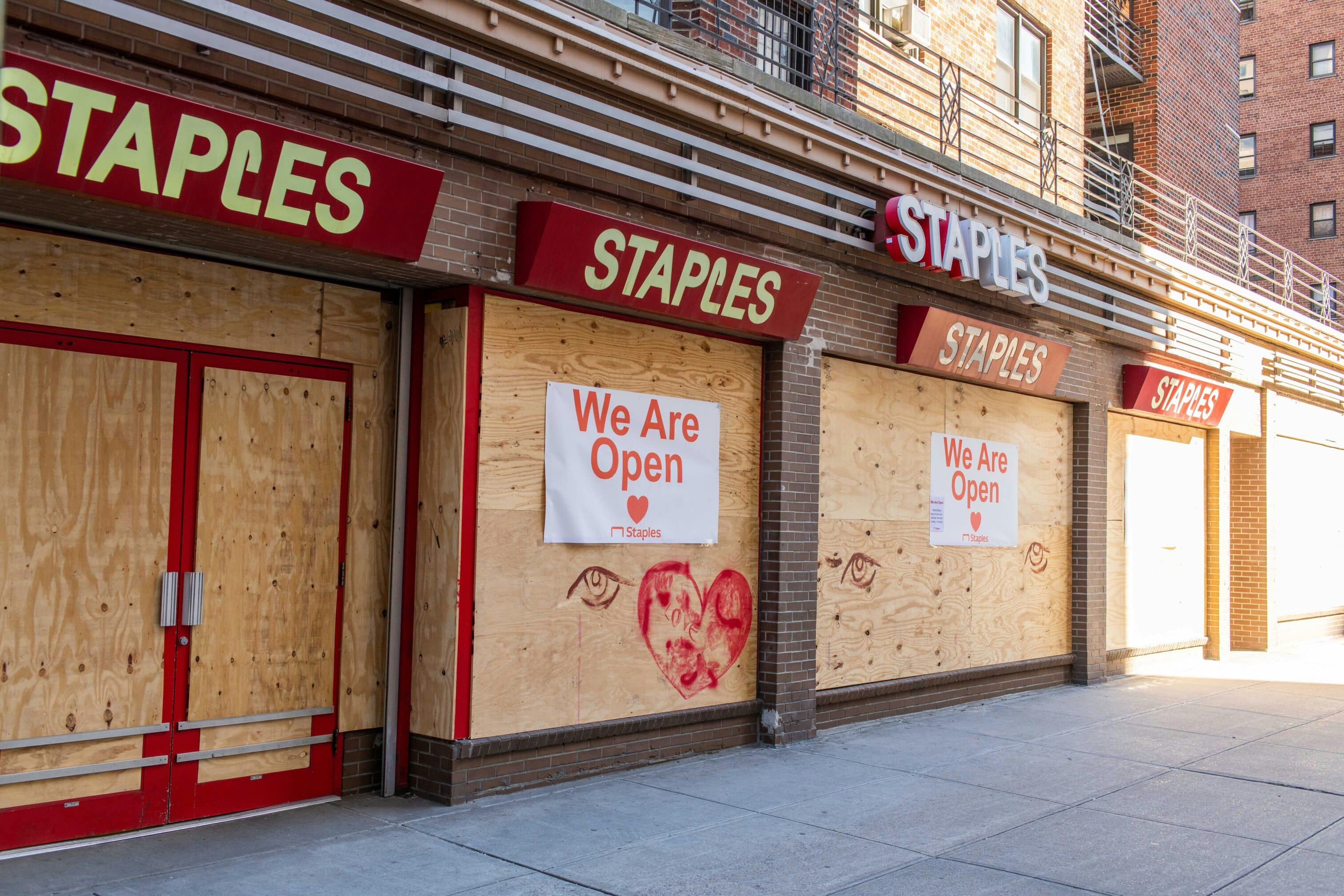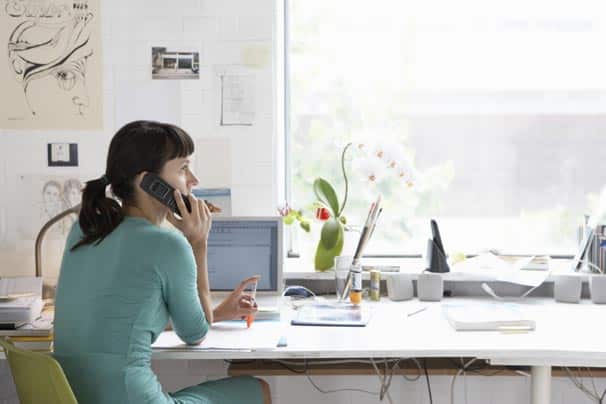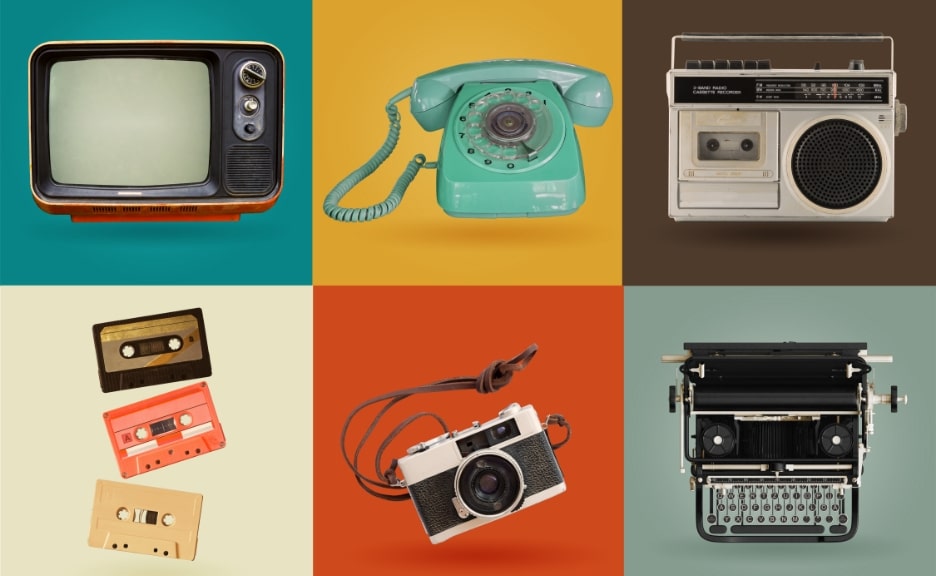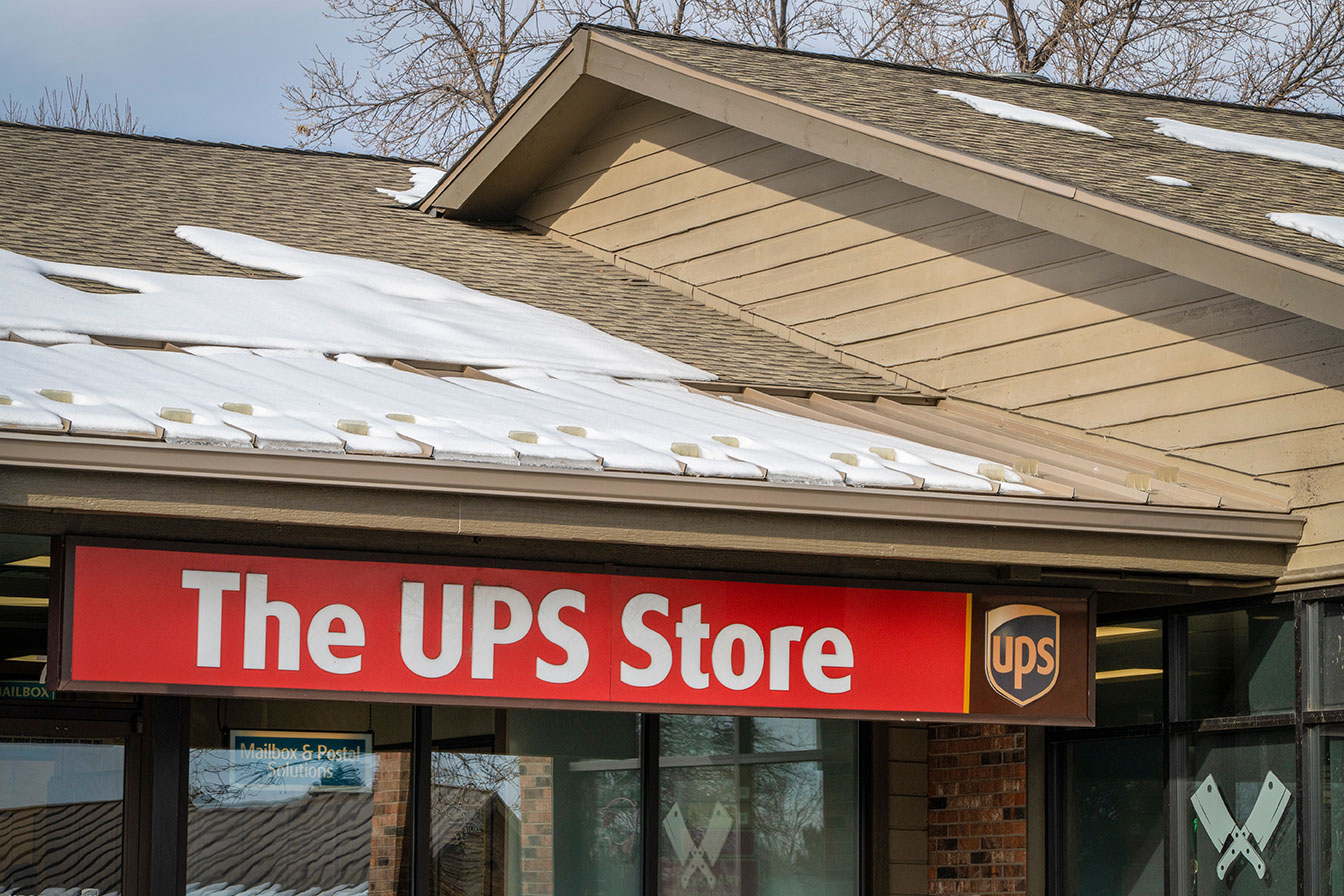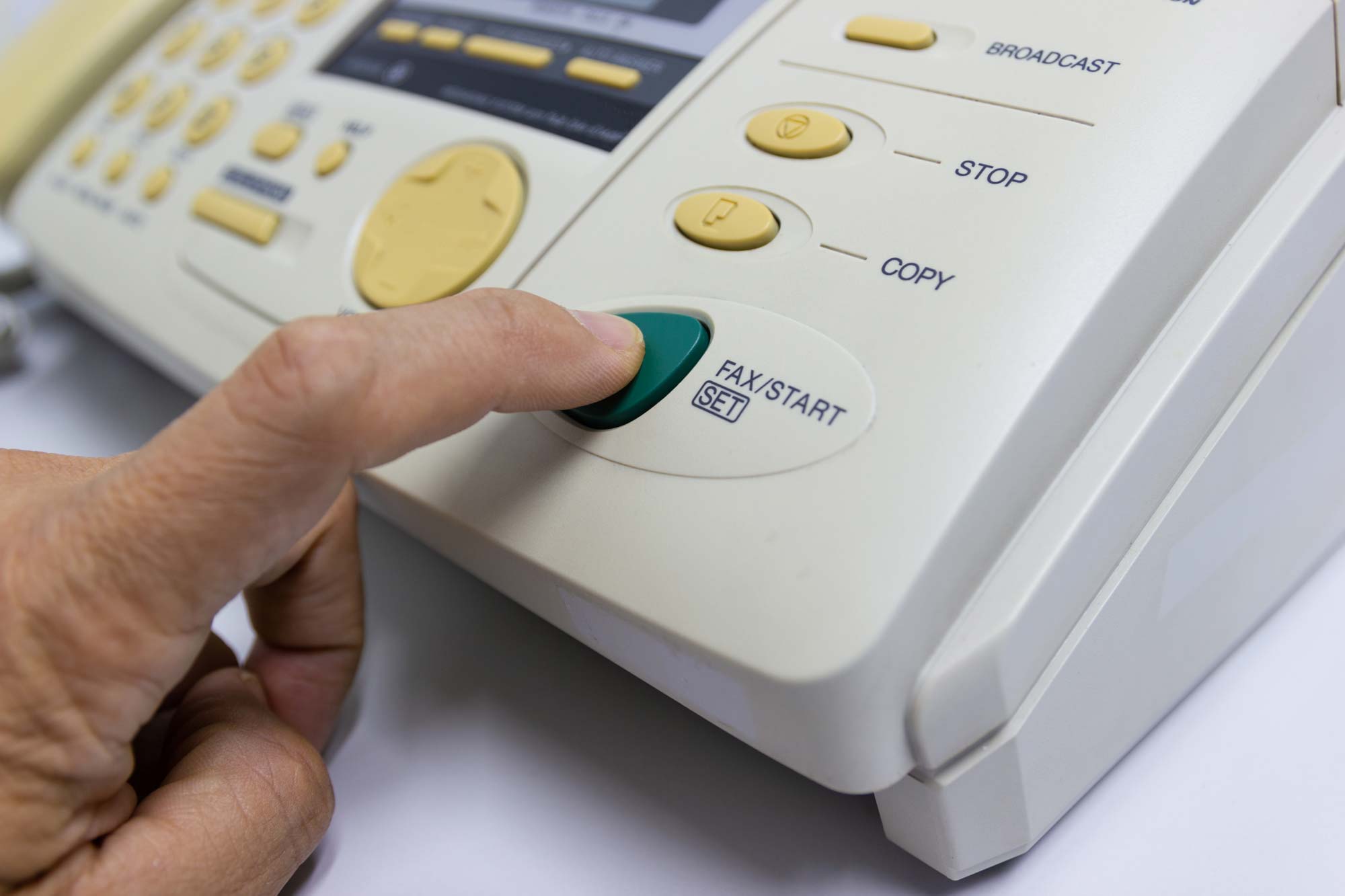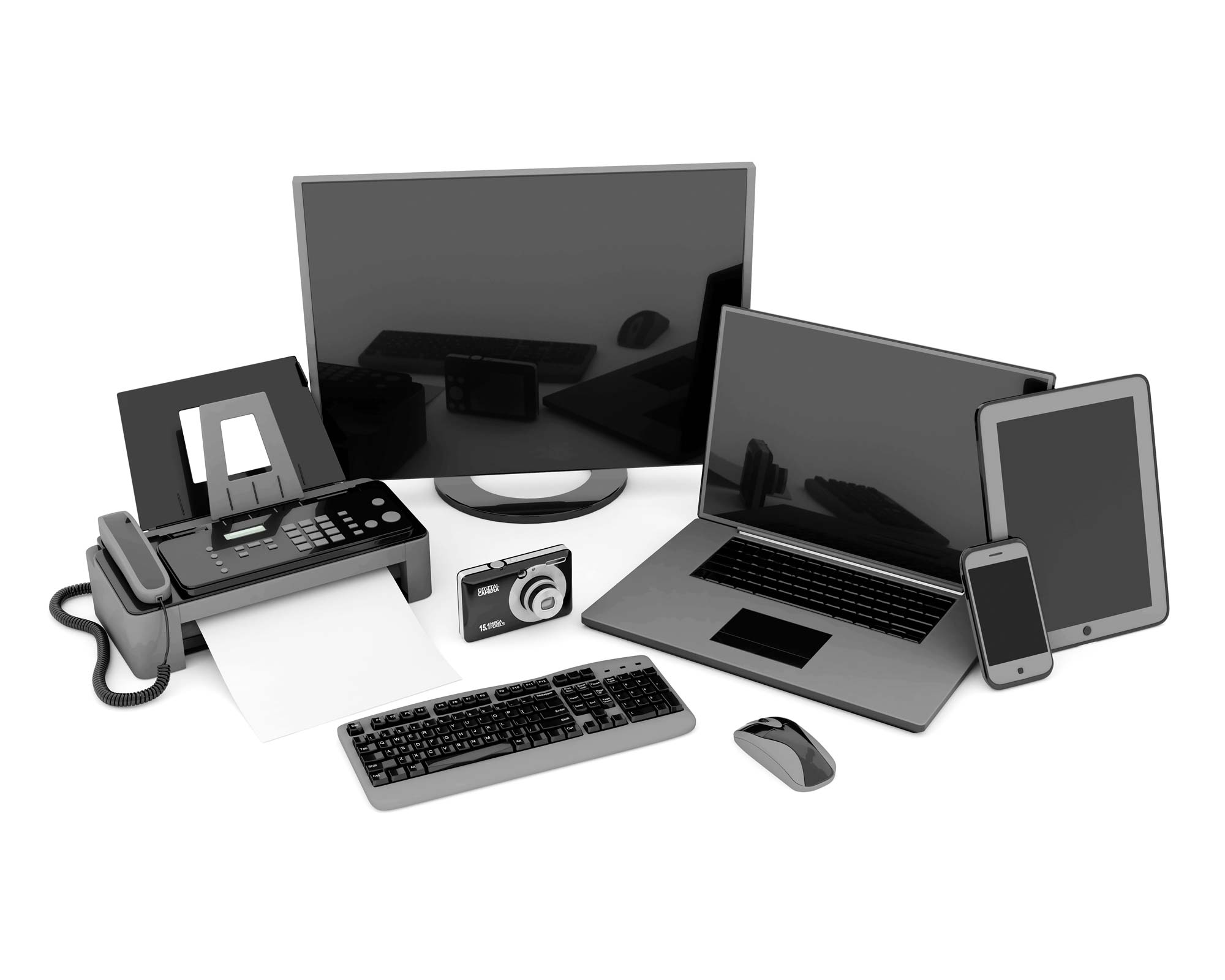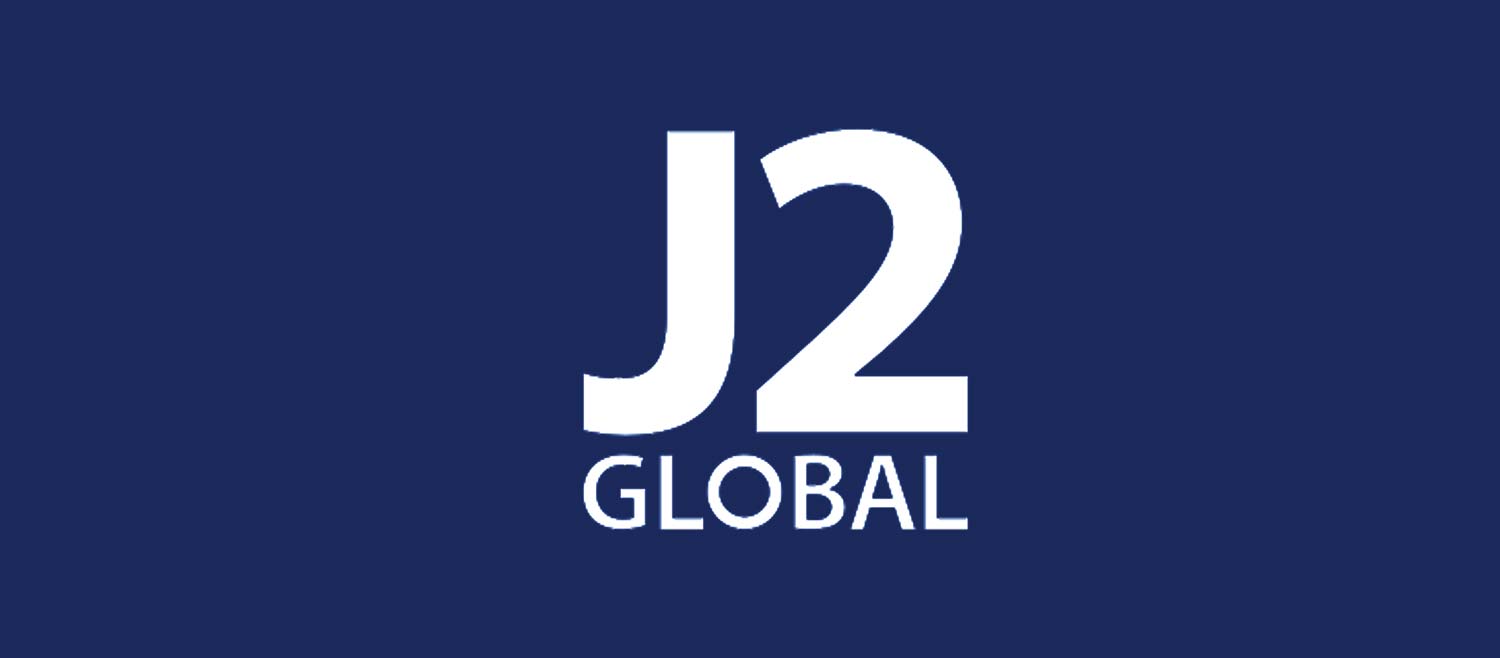A Brief History of the Fax Machine
While the modern fax machine was invented in 1964 by the Xerox company, the first fax machine ever invented was Alexander Bain’s Electric Printing Telegraph, patented in 1843. Fax machines were the forerunners of digital communication and fax services predate the telephone.
At the beginning of the 20th century, the AT&T Corporation advanced fax technology by sending photos via wire transmission. Soon after, The Radio Corporation of America (RCA) successfully transmitted a wireless fax across the Atlantic Ocean. It wasn’t until decades later though that the first modern-day, commercialized fax machine was introduced by the Xerox Corporation.
Fax machine usage in commerce became widespread during the 1960s after Xerox patented the first modern fax machine. In 1966, a fax machine that could be connected to any phone line made faxing documents commonplace in many businesses. Since then, faxes have come a long way, and these days, online faxing is common.
Over the past 75 years, fax transmission time has reduced from an average of six minutes to an average of one minute. The classic “fax machine” of the 1980s (which cost $20,000 in 1982!) has also become obsolete, and faxes are now routinely sent from computers, smartphones or tablets.
Much of modern business has moved online, and fax machines are no different. Online platforms like eFax make it easy to send, receive and sign documents from any device with an internet connection. This keeps fax machine usage relevant in our changing world.
When was the Fax Machine Invented?
The fax machine was invented in 1843 by Alexander Bain, a Scottish inventor, who patented the device. It used a mechanism to scan handwritten or printed images and then transmit them over telegraph lines. This early fax machine laid the groundwork for later developments in fax technology, including the first recognizable version of what we consider the telephone fax patented by the Xerox company in 1964. In 2010, the emergence of internet faxing brought about a new era in fax communication, utilizing cloud-based servers and internet connectivity to transmit documents digitally.
Bain’s ‘Electric Printing Telegraph’ was a crude version of later iterations of the telegraph — but it was still way ahead of its time.
The first fax machine used a pendulum to scan an image made of raised metal pins line by line. As the pendulum swung across the metal image, it completed an electrical circuit wherever it touched metal. At the receiving end, this electrical signal caused a chemically treated paper to darken through electrolysis, creating a crude copy of the original.
Think of it like a very early dot-matrix printer, where the “dots” were created by chemical reactions triggered by electricity instead of ink. However, it had some major drawbacks that stopped it from going into commercial use:
1. Speed: The scanning system was slow, taking several minutes to transmit even a small image.
2. Synchronization: Synchronizing the pendulums at both ends was crucial – they had to swing in perfect time to keep the copy aligned with the original.
3. Sensitive materials: The chemical paper used for receiving was sensitive to environmental conditions, would degrade over time, and could be messy.
Despite being a groundbreaking technology, Bain’s fax machine invention had limitations that made it impractical for commercial and personal use. It wasn’t until Frederick Bakewell introduced his version of the fax machine that faxing started to take shape as we know it, eventually leading to what we know today as internet faxing.
Timeline of Fax Machine History
1843: Mechanical Fax
Alexander Bain invents the ‘Electric Printing Telegraph’ machine in 1843 which is the world’s first fax device.
1880: Scanning PhotoTelegraph
The English inventor Shelford Bidwell invents the Scanning PhotoTelegraph machine, which is the first telefax machine capable of scanning and sending a two-dimensional image.
1888: TelAutograph
In 1888 the TelAutograph machine was invented by Elisha Grey which allowed users to send signature images over long distances.
1924: Wire Transmission
Scientists at the AT&T Corporation advance fax technology further by sending photos by telephone/wire transmission.
1924: Wireless Transmission
The Radio Corporation of America (RCA) develops the TransOceanic Radio Facsimile and successfully transmits a photograph between New York and London.
1924: Color Fax
The AT&T Corporation invents a fax device which is capable of transmitting the world’s first color facsimile.
1924: 6 mins
It took 6 mins to send a single page fax.
1960: Satellite Fax
The U.S. Army sends the world’s first photograph via satellite facsimile from America to Puerto Rico.
1964: Telephone Transmission
The first commercialized version of the modern-day fax machine is introduced and patented by the Xerox Corporation using telephone transmission.
1974: 3 mins
It took 3 mins to send a single page fax – how long does an eFax transmission take?
1982: $20,000
The cost of a fax machine was recorded at $20,000, which when adjusted for inflation, equates to $62,350 in present-day currency.
1982: Computer Based Fax Board
GammaLink introduced the first computer based fax board, the GammaFax.
1988: Fax Stamp
Europa. Transport and Communications stamp was printed in Greece. Stamp features a satellite and fax machine, symbolizing advancements in transportation and communication technology during that era.
1996: Internet Fax
The first internet fax service is made available to the general public allowing users to send and receive a facsimile via a computer without fax machines.
2010: Internet Fax via Apple Devices
eFax launches iOS app, allowing users the ability to fax directly from their Apple devices.
2011: Internet Fax via Android Devices
eFax launches Android app, enabling users with Android devices to send faxes.
The History of the Fax Machine
If there’s one invention that’s benefited from the passage of time, it’s the fax machine. Invented back in 1843 by Alexander Bain, the first fax machine was a far cry from the compact fax machines we know today.
The image quality was poor and transmissions were less than expedient. Considering the technology at the time, though, this was to be expected. Bain used “pendulums” and a “clock” to synchronize and capture images on a line by line basis – not exactly a speedy way of doing things. The images were then reproduced, giving way to the first fax.
It wasn’t until English physicist Frederick Bakewell improved on Bain’s original “fax machine” that faxing began to take shape – although not at breakneck speed. Bakewell’s fax machine used “rotating cylinders” and a “stylus” to create faxes. In spite of debuting at the 1851 World’s Fair in London to curious stares, it failed to be a runaway hit. Thankfully, Bakewell’s fax machine served as a blueprint from which other inventors could later draw inspiration.
By the late 1860s, Giovanni Caselli had come up with a fax machine known as the Pantelegraph. Unlike its predecessors, though, it was a hit – forming the basis of the modern-day fax machine. It would take another century before fax technology truly found its stride, though.
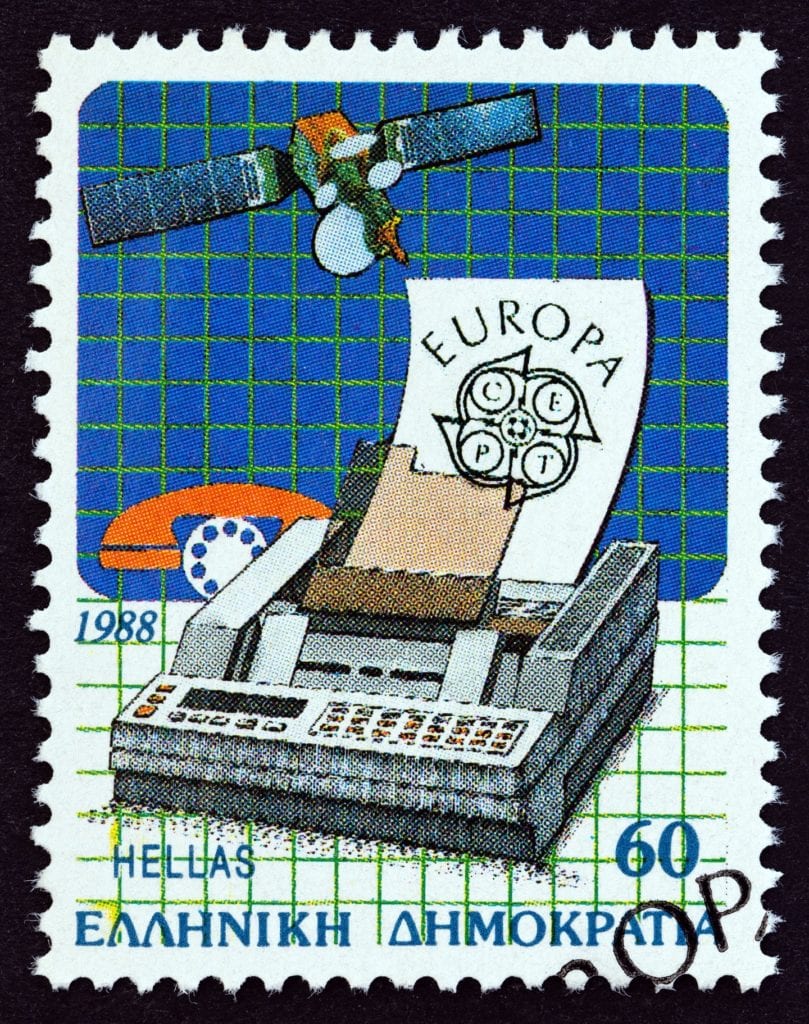
Xerox
In 1964, Xerox invented the Long Distance Xerograph (LDX), a fax machine that could transmit regular-size documents (one page at a time) to any fax machine in the world. Unfortunately, it took around six minutes to do so. The LDX would remain the standard in fax until a Japanese telecommunications corporation created the “ITU G3 Facsimile Standard” in 1980. But it wouldn’t take long before a new development in fax would take over.
The Rise of Analog Faxing
There are a number of reasons why analog fax machines helped to take fax to the next level. For starters, all you needed to do was plug your fax machine into a regular phone line, and wham! You were ready to send your next fax. This was a big incentive back in the ‘80s and ‘90s – largely because the internet hadn’t yet taken off and people still believed that fax was the safest way to send private data.
But as corporations began to rely more heavily on analog fax machines, the cost to maintain them began to add up. There were paper costs, ink costs, maintenance and repair costs, and more. Plus, there was the inconvenience of having administrators run documents back and forth to the fax machine – impatiently waiting for a busy signal to give way to a much-needed ringtone. And when faxes did transmit, administrators would have to distribute them one-by-one to their intended recipient.
So what’s the takeaway here? Fax technology was transforming, but it was still a pain.
Multifunction Devices
Adding fax machines to copiers or multifunction devices (MFDs) was supposed to make faxing more convenient. And in a lot of ways it did. You could scan, print, fax, and copy documents from one standalone machine – hooray! But the cost factor was still a major problem for owners. In many instances, the cost to run a MFD was more than the cost to run a traditional fax machine. And we’re not just talking about the price tag, but also the cost to repair them.
This was around the time that corporations began switching to fax servers to improve the function of their MFDs and standalone fax machines. On the whole, fax servers were great. Fax machine owners could reduce paper costs and send faxes faster. But as with any next-generation technology, the cost to set up a fax server was expensive. So expensive, in fact, that one server could run thousands of dollars to buy, set up, and run.
That’s not to say that fax servers didn’t bring convenience – they did. Users could send faxes directly from their desktop – without having to deal with an actual printer or fax machine. Further, fax servers answered the all-important question of how to handle private information, which HIPAA law prevents from lingering out in the open on, say, an old-fashioned fax machine, for example.
As fax servers became the new norm for corporations, however, small business owners and individuals were still looking for ways to make faxing easier for them.
Internet Faxing
As the world migrated to the web for most of its data needs, including email, cloud storage, and document editing, a new evolution in fax began in the mid-1990s. For the first time, anyone could send a fax from a computer using an online fax service. The cost was affordable and the technology was simple. All you needed was an internet-ready device and an online fax account.
Unlike traditional fax machines, online fax is fast and convenient. You can send faxes from wherever you access the internet, connecting to fax machines around the world in seconds. Best of all, you don’t have to pay the expensive cost of owning a fax server. For very little money, individuals and businesses alike could send faxes on the go – enjoying the same features you’d expect from a traditional machine, like cover sheets, free local fax numbers, and transmission verification reports.
In addition, online fax services provide end-to-end audit trails, confirming the transfer of your faxes the moment they’re complete. You could even add a cover letter or input an electronic signature to sign a contract.
Online fax service companies offer both email fax and mobile fax capabilities from one electronic device, such as an iPhone. Whereas before you needed a bulky fax machine to send faxes, with a fax app, all you need is your cell phone. You can send, read, edit, and manage all your faxes from one administrator-controlled account.
The Impact of Fax Today
Fax remains an important technology today thanks to leading online fax companies like eFax®. With the eFax Mobile App—one of the best fax apps—you can send multiple faxes to multiple people in seconds. Your faxed documents print out like real faxes, and you can track every stage of the transmission process—including the time and date of completion.
Putting a fax machine into the pockets of busy people and business owners revolutionized the way people send and read fax information. Once we were beholden to old-fashioned fax machines, fax servers, phone lines, printer paper, ink, and IT experts. Today, we can send a fax as easily as we can send email thanks to online faxing—the best fax machine alternative there is.
Faxing has transformed significantly since its initial entry into our business and personal lives. But one thing’s clear: its impact continues to grow. We can use online fax to stay connected, increase responsiveness, save time, safeguard private data, and more.
Bain and Bakewell may not have received the credit they deserved in their lifetime, along with the countless other inventors who followed in their footsteps. But they certainly have changed the way we think about data transmission, and that’s worth an honorable mention!
How Do Fax Machines Work?
Traditional faxing machines effectively send photocopies across telephone wires. At a high level, a fax machine works in three stages:
- Scan a document
- Send the document to another fax machine
- That machine prints out the document
Modern machines can use a modem instead of a telephone line to send a fax via the internet. This is similar to how Voice over Internet Protocol (VoIP) allows us to make traditional phone calls or through online apps like WhatsApp or Facebook Messenger.
Fax machines turn scanned images into sound signals that are then converted to a sound wave signature which can reproduce the image on another piece of paper at the other end of the line. Modern fax machines can convert the image into an electronic format that can then be stored electronically, sent to an email recipient or printed on paper.
The earliest fax machines used radio waves to transmit images. Most fax machines use thermal paper, just as they did back in the late 1800s.
Why Online Faxing Is Better than Fax Machines
Online faxing is superior to traditional fax machines in many ways, including:
- Cost: Senders don’t have to buy a fax machine or maintain a physical phone line just for the fax. Senders also don’t have to buy fax paper, ink or toner.
- Ease of Use: You can send and view faxes from any internet-connected device using your eFax account. This includes computers, laptops, tablets and smartphones.
- Safety: While fax machines communicate over unsecured phone lines, online faxes can be encrypted and protected. eFax systems can even help filter out spam.
- Storage: eFax allows you to store digital faxes and file them easily, so you can access your faxed documentation at any time.
Extra features: eFax users also receive local, toll-free fax numbers and get access to a variety of other great features and benefits.
Fax Machine are History
Modern online faxing solutions provide increased versatility and convenience over traditional fax machines. Online faxing is easy, affordable and convenient.
You can use eFax to send signed documents, files that are too big for email attachments and any other paperwork that can’t be sent through email. You can also convert your incoming faxes to emails to distribute around your office and store them electronically. This innovative alternative to faxing documentation is an affordable and accessible way to set your business up to send and receive faxes.
Sign up for eFax to start your modern faxing journey today.
FAQs Around Fax Invention
The first fax machine was invented by Alexander Bain’s Electric Printing Telegraph, patented in 1843. He successfully sent an image using the machine, but it was low-quality. The fax machine went through many iterations before the modern fax machine was invented in 1964 by Xerox company.
Alexander Bain invented the first fax machine in 1843. He called it the Electric Printing Telegraph.
The first internet fax was sent in 1996. It allowed users to send and receive faxes instantly using a computer device connected to the internet.
Yes, technologies like eFax offer a reliable and secure medium to send and receive faxes online. Moreover, many business owners rely heavily on faxes and don’t see the need to adopt another form of communication if what exists now still works.
The modern fax machine, patented and sold by Xerox, was available to the public from 1964.
Yes. The first fax machine (1843) coincided with the Oregon Trail period (1840s-1860s).
The first fax machine was invented by Alexander Bain in 1843 with the introduction of his “Electric Printing Telegraph.”
Read Resources About the Invention of the Fax Machine
Electronics.howstuffworks.com; When Was the Fax Machine Invented?
Thoughtco.com; History of the Fax Machine
Encyclopedia.com; The Invention of the Fax Machine
